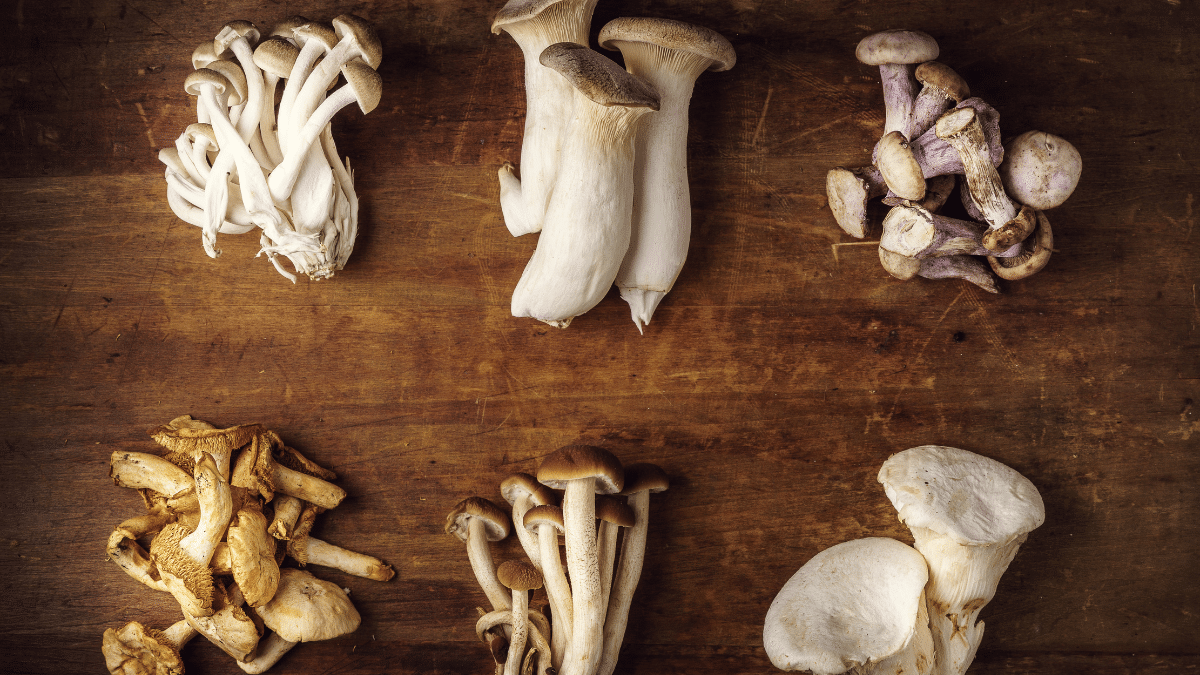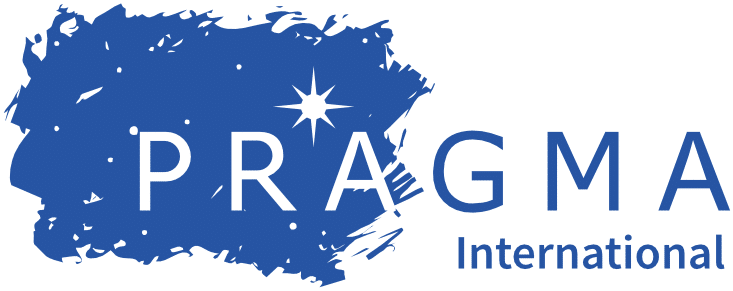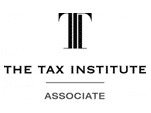The myriad health benefits of the humble mushroom are widely known. And sometimes, these health benefits can stop them – an edible fungi – from being sold as “food”. The Therapeutic Goods Administration’s (TGA) recently released guidance as to when mushrooms and mushroom products might be regulated as “therapeutic goods”.
This article explores the circumstances under which a mushroom could be classified as either a food or a therapeutic good, with reference to both the new TGA guidance and to our own experience defending products containing mushrooms against the TGA and food regulators.
How can mushrooms not be “food”?
Mushrooms should have a straightforward place within the food regulatory space. Your everyday varieties of mushrooms such as Button and Oyster are commonplace within the market and are staples of a healthy diet for many people. “Food” is defined in the Food Act of each State and Territory as “any substance or thing of a kind used, or represented as being for use, for human consumption (whether it is live, raw, prepared or partly prepared)”, but – importantly – excluding therapeutic goods. On top of that, the Australia New Zealand Food Standards Code includes “edible fungi” and “mushrooms” as a class of plant food.
Given that mushrooms are a well-established food commodity, the primary position is that you should be able to add mushrooms to any food that is allowed to contain “other foods”, as per Section 1.1.1-10 of the Food Standards Code which expressly allows “food” to be added to “food”. It should be a straightforward case of mushrooms = food…
But this is not always the case.
If you have read our earlier article on Adaptogens, you would know that currently it is difficult to introduce some innovative products to the Australian market as “food”. This is particularly the case for varieties of mushroom which have more health benefits than the stock standard vegetable, and which have traditional use overseas in herbal and health products, but are less common in the Australian and New Zealand diet. On the furthest end of the spectrum, there are mushrooms which have hallucinogenic properties that are believed to provide the consumer with hyper focus and other performative benefits.
So, when considering introducing a mushroom product to the Australian market as a “food”, you must consider three potential regulatory barriers:
- Is it listed on the Poisons Standard?
- Is it a “novel” food?
- Is it being represented as being a “therapeutic good”?
Poisons Standard scheduling
The Poisons Standard is perhaps unfortunately named, as many of the substances listed on the Poisons Standard are not poisonous at all. Rather, the Poisons Standard creates a number of schedules which classifies medicines and chemicals into different regulatory categories which can impact how such substances can be used.
From 1 July 2023, through a re-scheduling of psilocybin on the Poisons Standard, mushrooms that are more “magic” in nature will be permitted to be sold in Australia… but only on prescription by authorised psychiatrists, and not legally as “food”.
Anyone bringing an unusual mushroom product to the Australian market ought to search the Poisons Standard first to see whether it is either banned or potentially only permitted to be sold as a “therapeutic good” and not as a “food”.
Which mushrooms are at highest risk of being found to be “novel”?
When a mushroom is not mentioned on the Poisons Standard, this does not mean it is automatically permitted to be sold as “food”. One of the key regulatory prohibitions in the Food Standards Code which has stopped mushrooms being used in food is that of “novel foods”.
A novel food is a food which does not have a history of consumption within Australia or New Zealand and must have its potential impact on public health and safety assessed by Food Standards Australia New Zealand before it can be sold as “food”.
In other words, a mushroom may be either permitted or prohibited in food in Australia based on what evidence you may hold as to its traditional use or its safety. Such evidence can be assessed by the Advisory Committee on Novel Foods (ACNF). However, the ACNF has found (at the time of publication) that the following substances are novel foods:
- Agaricus blazei murill mushroom
- Hericium coralloides powdered extract produced from the mushroom
- Lion’s mane powder (Hericium erinaceus)
We are aware that – as a result of the above ACNF findings – some very popular overseas food brands have been subject to regulatory action upon entering the Australian market because they contain one of the abovementioned mushrooms.
What to do if your product has a novel mushroom in it or you want to add it?
If your mushroom is either on or is later added to the Record of Views of the ACNF, then you have two options:
- Make another submission to the ACNF attempting to overturn its previous finding; or
- Make an Application to amend the Food Standards Code itself – which is the process by which FSANZ can fully review the health and safety implications of introducing any mushroom that does not have a history of consumption in the Australian or New Zealand market.
When might the TGA get involved?
Even if your mushroom is definitely not a novel food or listed on the Poisons Standard, the recent TGA “Guidance on mushroom products” reinforces the TGA’s view that your product could still be legally held to be a “therapeutic good” – and not a “food” – if it is marketed or presented in a way that breaches the Therapeutic Goods Act and ancillary legislation. This could include:
- being in a medicinal format (such as a capsule); or
- comparing your mushroom product to a therapeutic good (“Don’t take medicine, try our mushroom powder instead!”); or
- making a claim that your product has a physiological effect (“Anti-aging!” “Anti-inflammatory!” “Reduce anxiety!”).
In fact, the TGA has previously taken the view that just claims made about a mushroom could result in that product being reclassified as a “therapeutic good”. This would then require:
- the product to be manufactured under medicinal Good Manufacturing Practice (as specified by the TGA), and
- the product and its key therapeutic claims (or indications) being listed on the Australian Register of Therapeutic Goods,
before you can compliantly go to market.
How can you assess when you can compliantly add “food” to “food”?
As you can see from the above, any given mushroom product could be – legally-speaking – either a food or a therapeutic good, depending on:
- which mushroom you’re using
- what evidence you hold about that mushroom’s history of consumption or safety;
- what format the end product is in, and/or
- what claims you make about the product.
Whichever path you select to take your mushroom product to market, hopefully this article demonstrates the importance in making these decisions early in the new product development process. These decisions will impact how quickly you can launch, where you manufacture your product, what can go in it and in what quantities, where you can sell it, and how to communicate its unique selling proposition to consumers.
If you’ve any questions about the article, or any other food regulatory issue, please don’t hesitate to contact us via food@khq.com.au.
This article was written by Harper Vowles (Paralegal) and Charles Fisher (Principal Solicitor).
Want Food & Beverage Law updates delivered straight to your inbox? Click here to subscribe.








